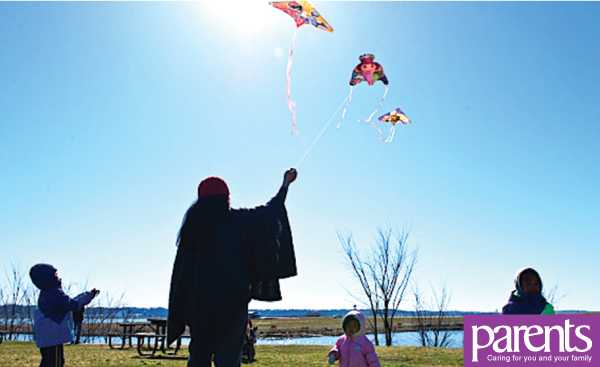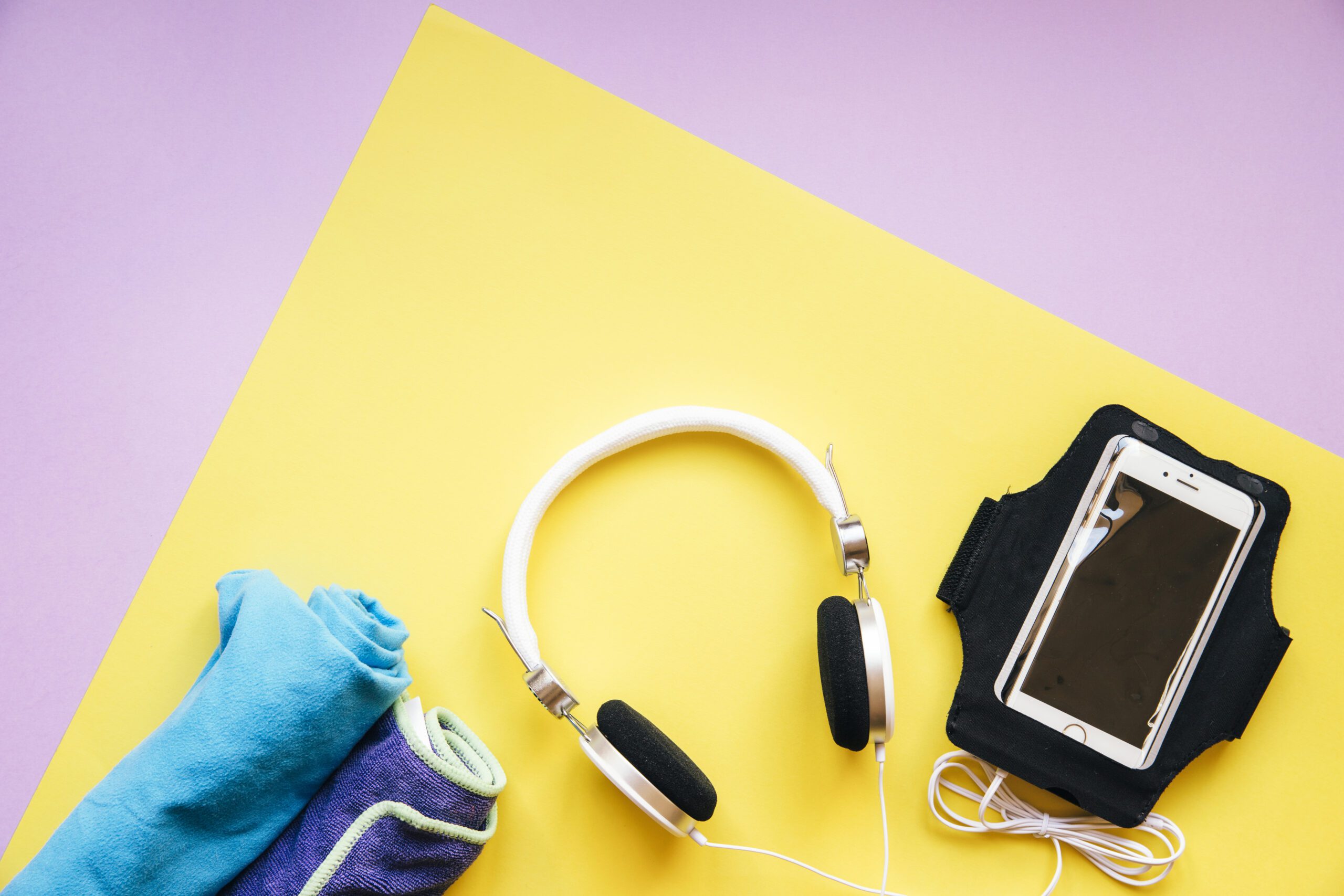HEAT can make your child ILL

Hooray! The sun gods have smiled upon us and the sun is out. A bask here and there is not harmful. In fact, it is highly recommended by health experts for babies for that vital vitamin D. However, with increased exposure to heat, your baby’s body becomes progressively dehydrated – sometimes in a matter of hours as opposed to a number of days – depending on the duration and level of exposure to high temperatures. This eventually leads to several types of heat-related medical conditions highlighted below.
Heat exhaustion
When a child suffers from heat exhaustion, it means they are hot to the point of dehydration – not only losing water, but also essential mineral salts. Signs of heat exhaustion include increased thirst, weakness, muscle cramps, fainting, nausea and irritability. Heat exhaustion is more dangerous in children than adults. This is because children may not be aware that they are suffering from the same let alone have the accuracy to articulate it. In addition, their body surface area makes up a much greater proportion of their overall weight compared to that of an adult.
Heat stroke
If the signals of heat exhaustion are ignored, then a child’s body loses its ability to cool itself and the temperature becomes dangerously high (105 degrees Fahrenheit as opposed to its normal 98.6 degrees Fahrenheit). This then leads to strained performance by several organs such as the brain, heart and liver resulting in weakness, severe headache, dizziness, confusion, rapid heartbeat and breathing. This in turn leads to flushed, hot, dry skin and even seizures, loss of consciousness and coma. While any child exposed to heat for a prolonged time can suffer from heat-related illnesses, there are those more prone. They include:
Those suffering from obesity
Invalids such as those recuperating from diarrhoea and vomiting
Those using some drugs such as antihistamines
Young athletes engaging in strenuous exercise or those exercising beyond their level of fitness
Treatment of heatstroke
If your child shows symptoms of heatstroke, seek immediate medical care, as it can be fatal. As you wait for help to arrive, here are some first aid tips:
Move the child to a shade immediately
Undress them
Let them lie down and elevate their feet slightly to reduce chances of them going into shock
If the child is alert, spray them with water or dab a wet sponge, towel or flannel around their neck or armpits. You can also place them in a cool bath and fan their skin while wet as this will help them to cool down faster
If the child is alert, give them something cool to drink such as water, fruit juice or a rehydration drink such as a sports drink or make a mixture of salt solution – one teaspoon of salt to four cups of water. Give half a cup every 15 minutes. Do not give ice water or salt tablets
If the child is vomiting, turn them on their side to prevent choking. In case they have a fitful seizure, move objects out of their way
Prevention of heatstroke
Be sure to check for weather forecasts to keep abreast with temperature changes. Additionally, during playtime, ensure children have frequent rehydration trips. Encourage them to keep water cans close by and get refills every time they run out. Also invest in protective gear, such as sunscreen, hats with visors or wide brims and light, loose fitting clothes.
While playing outside, encourage children to play in the shade or alternatively, restrict the amount of time they spend exposed to the sun, especially at the hottest time of the day (noon to early afternoon). Provide a lot of cold yet refreshing foods such as fruits (watermelons, oranges) and salads. Additionally,
Keep windows and doors open for aeration
Use fans where possible
Keep indoor plants and bowls of water in the house as they help to cool the air.
Ensure that babies are not left alone in stationary cars.
Published in February 2016




